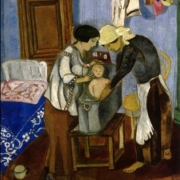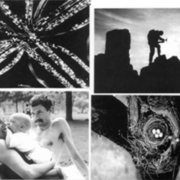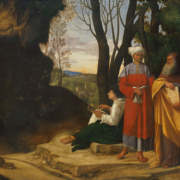Dreaming the unthinkable, narrating the non-memory. Precursors of the fairytale as “mediating object” and as “shared dream” in the psychotherapeutic treatment of psychoses
Abstract
In this paper the author confronts the problem of how to make communication possible in the psychotherapy of child psychoses, in cases where the symbolic capacity is seriously compromised or never structured, and the self is extremely vulnerable, without a sense of temporality, and imprisoned in a “circular time” that seems incapable of articulations and resolutions. Through a brief clinical presentation, the idea is suggested of a “mediating object” – synthesis of the patient’s scanty and chaotic contribution and of the analyst’s reverie – on which to base a “transitional communication” that does not prematurely impose a separateness (implicit also in the interpretation) that the young psychotic patient cannot yet tolerate. A clinical vignette is then presented Read more




